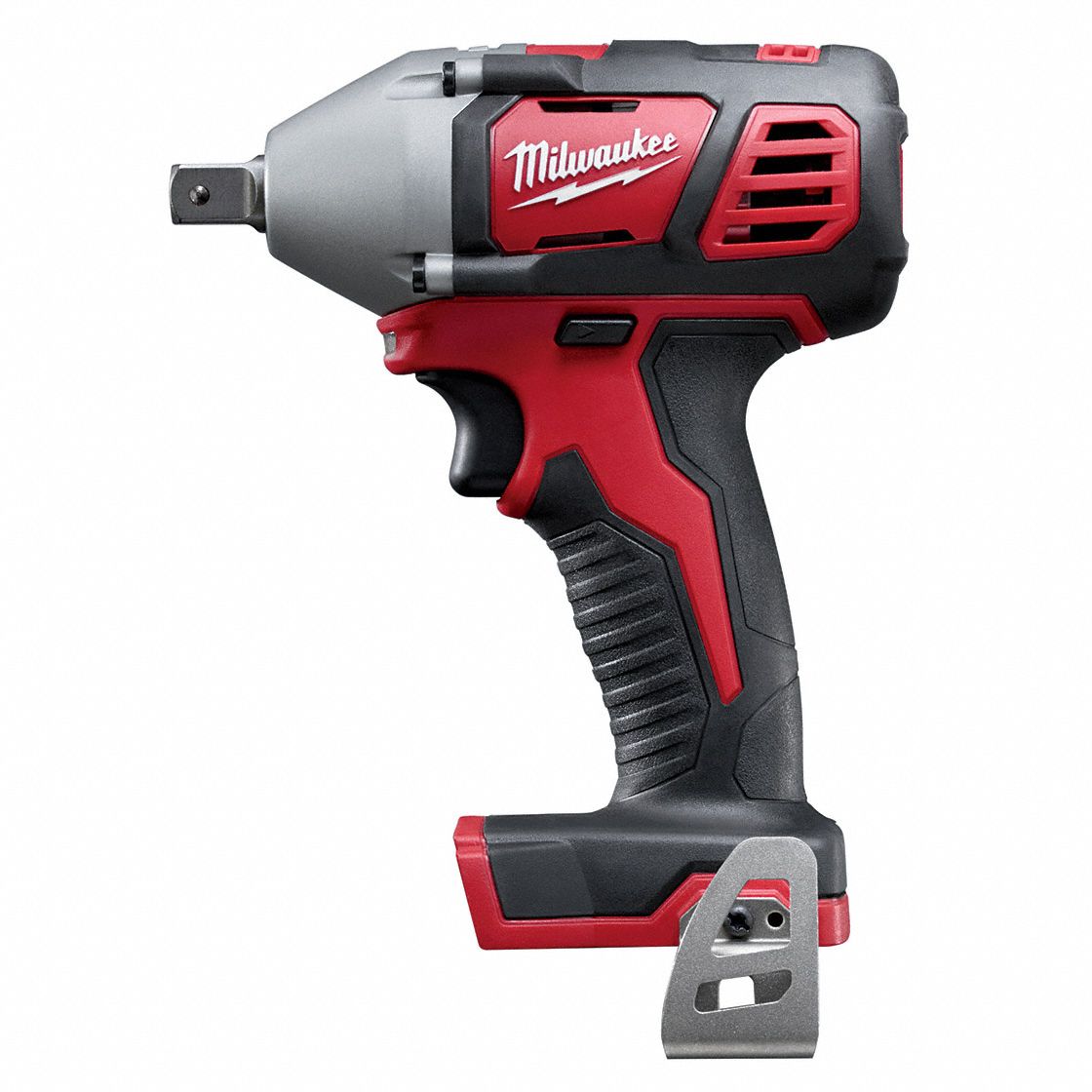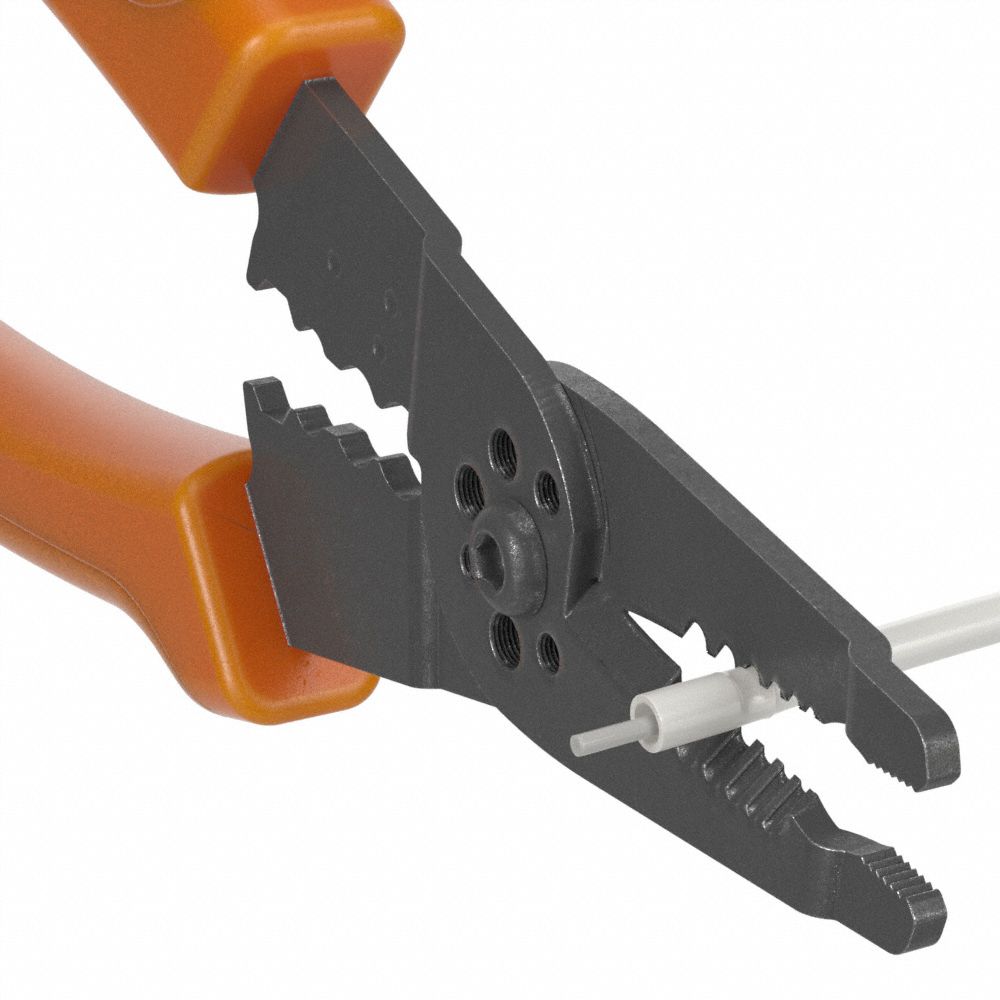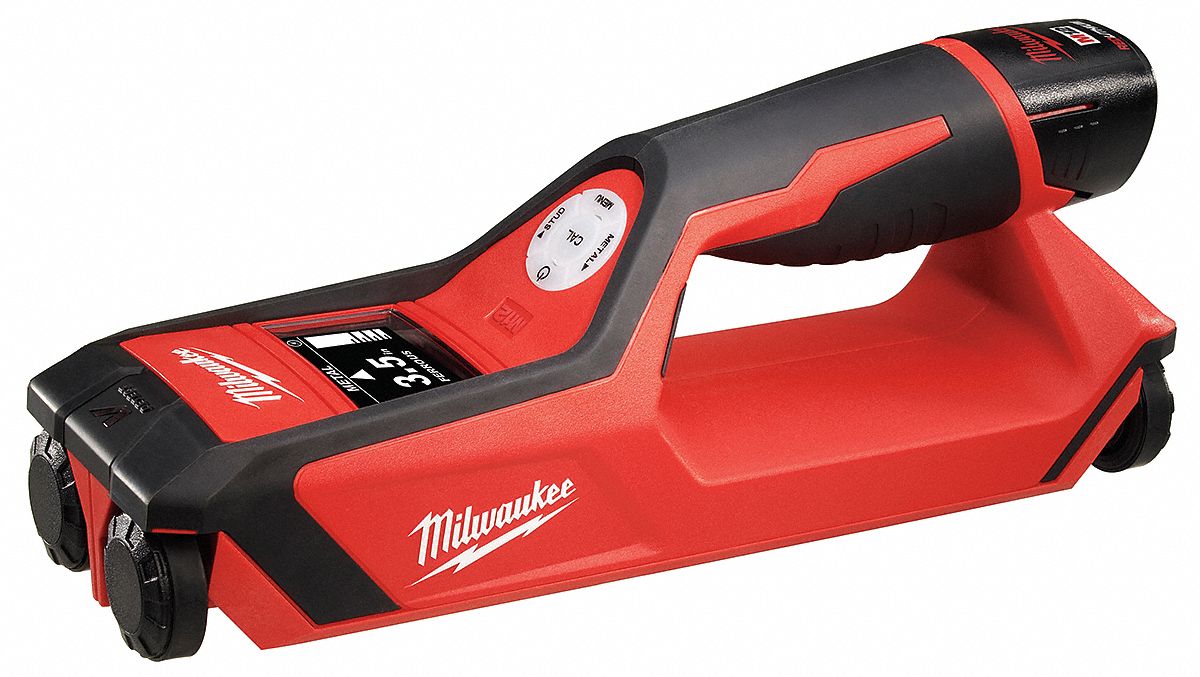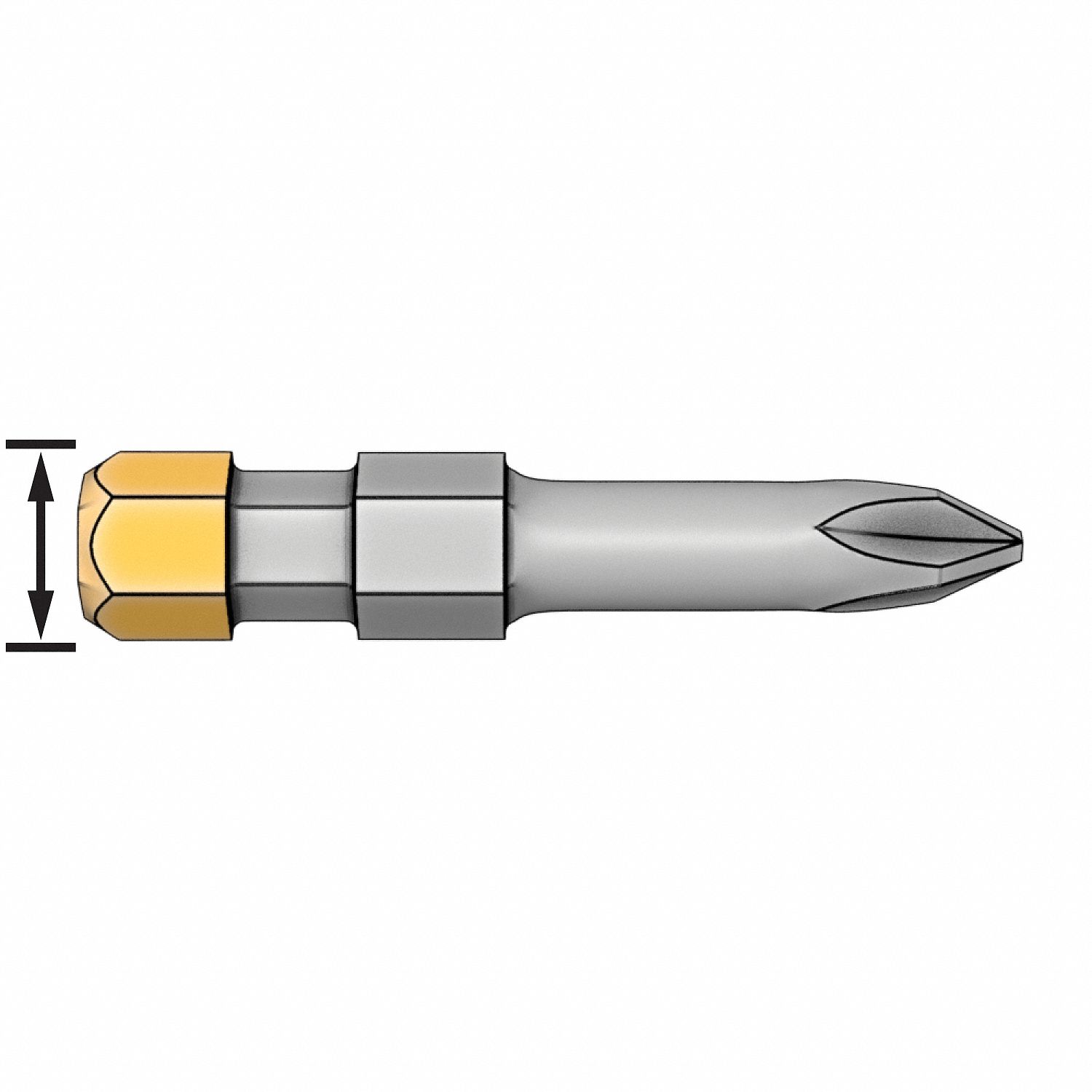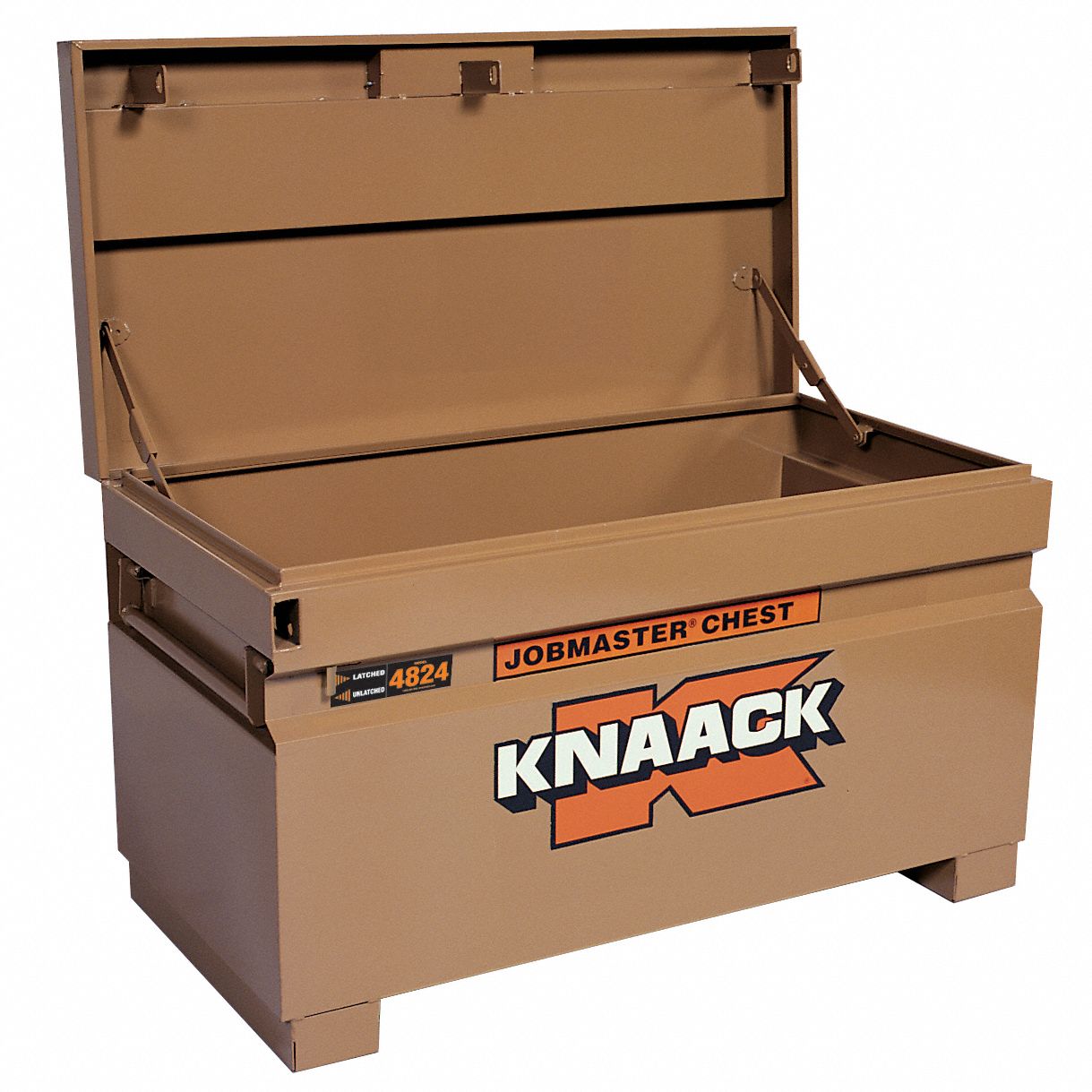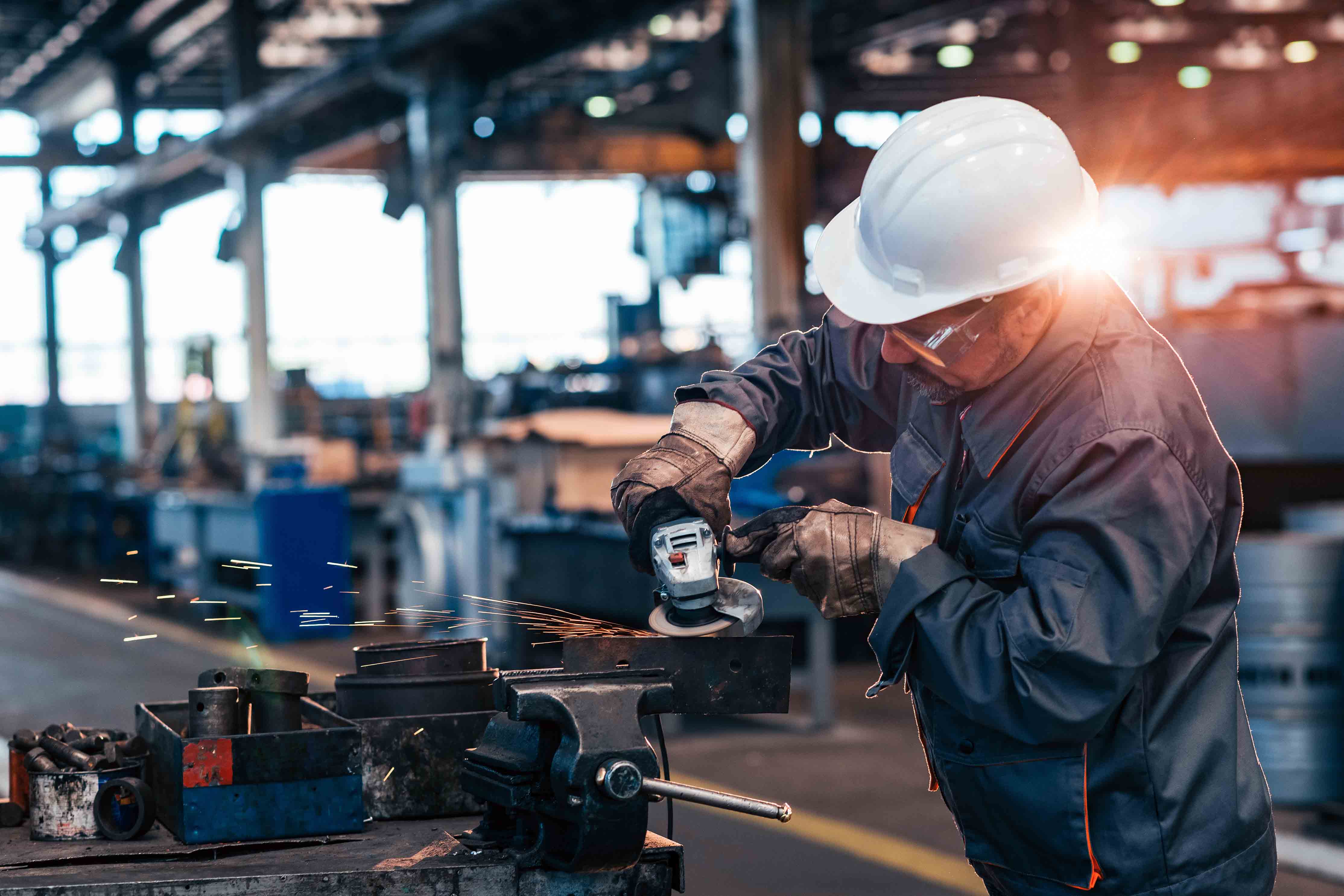

6 Tips for Building Your In-House Maintenance Metalworking Shop
By Grainger Editorial Staff 10/2/20


Your production process may not directly involve lathes or drill presses, but in-house maintenance metalworking capabilities can keep your equipment and facility running smoothly. A small machine shop on your plant's premises has the potential to reduce downtime, cut costs, and improve reliability up and down the production line.
Minimize Downtime
Metalworking capabilities can help you bring more maintenance in-house. Instead of shipping parts off to an outside machine shop for repairs, your facility could machine replacement parts, fabricate brackets, make or repair machine guarding as well as weld failed parts on site. Maintenance metalworking equipment can save on billing from outside machine shops, and, perhaps more importantly, it can minimize downtime.
Shutting down an entire production line because of a a failed motor shaft or process equipment being down is expensive. Even worse, if your facility runs 24/7, there’s always the possibility that an expensive breakdown will occur after hours. Bringing metalworking capabilities into your maintenance portfolio means that you’ll never lose an overnight shift waiting for an outside contractor to start the day, or see a three-hour repair job turn into 18 hours of downtime because a contracted machinist went home for the night before finishing the job.
Maintenance metalworking can also give you the ability to fabricate a broad range of custom replacement parts, from driveshafts to gears and mounting brackets. The ability to precisely machine parts can protect your plant from long wait times for backordered items. That can be especially valuable if your production line uses imported machinery whose spare parts are manufactured and stored overseas.
Building Your Metalworking Maintenance Shop Right
Adding maintenance metalworking capabilities isn’t as simple as finding space for a lathe. When building out your maintenance metalworking shop, these six tips can help you make the most of your investment.
- Staff strategically. Metalworking tools are useless without someone to run them, but hiring maintenance workers with metalworking skills can be a challenge. It is not unusual for a plant’s maintenance machinist to wear several hats in the workplace: they might also be an electrician, an HVAC technician, or a mechanic. Instead of recruiting outside talent, a business might consider training workers in basic metalworking skills, building a core of institutional knowledge in the maintenance department. Reliabilityweb.com reports that investing in your maintenance team's training and professional development can yield double the productivity benefits of investments in the plant's capital stock.
It’s also important for your maintenance metalworking staff to have a broad understanding of the production process. Using the wrong tool at the wrong time can backfire in expensive ways. For example, if a commercial bakery is machining a replacement drive gear for their convection oven conveyor, the machinist needs to understand the regulations surrounding food-grade materials and lubricants. Otherwise, a repair that fixes the conveyor could ruin the entire production run and provoke an expensive recall. - Cover your bases. When setting up your metalworking shop, make sure you’re addressing your plant’s most critical and common maintenance issues. Look through past records to see which repair jobs are most commonly being sent outside, and review past stoppages to get an idea of what metalworking capabilities will be needed to make emergency repairs in-house.
- Stay current. Maintenance metalworking doesn’t generate revenue, so investment in machining equipment can become a low priority. But updating your shop can yield significant reductions in downtime, as well as making your maintenance staff more productive.
Up-to-date machines are typically more reliable, less prone to user error, and quicker to set up. According to IIOT Magazine, the actual cost of unplanned downtime can ultimately be upwards of $260,000 an hour when downstream disruptions are factored in. In an emergency repair, newer machinery could quickly pay for itself in saved downtime hours. - Consolidate for better workflow. Bringing your electrical, mechanical, and metalworking equipment into a consolidated area can increase the speed and quality of repairs. Most repairs are going to require, at a minimum, the disassembly of the broken equipment in order to access the parts in need of replacement. This could mean disconnecting electrical control panels, removing belts, pulleys, and drive seals, and then installing parts fabricated in the machine shop.
If your plant’s maintenance areas are spread out, the repair process could require moving broken equipment across the facility several times and handing it off between teams. Placing all maintenance operations in a single location will make it easier for a designated staff member to take ownership of a repair job, literally keeping the equipment in sight as it moves through the stages of repair. - Embrace the future. Innovations in metalworking like 3-D printing and multi-axis CNC milling can greatly increase your maintenance capabilities. Stratasys Direct Manufacturing advocates using 3-D printers that work with soft materials to fabricate parts with complex geometries, including drive belts and plastic fittings.
Radio Frequency Identification (RFID) technology also has great potential for improving the safety and security of metalworking equipment. Modern Materials Handling Magazine reports that RFID chips in workers’ ID badges can be configured to restrict access to potentially dangerous equipment like lathes and mills, allowing only qualified employees at the controls. - Keep up with inventory. Metalworking capabilities are of little use if your maintenance shop doesn’t have the blanks and metal stock needed for fabrication. To eliminate time lost on supply runs, most facilities rely on an inventory management system, often a weekly automatic min/max restocking program. Adopting an inventory management system will make sure your maintenance crew has everything they need when time is at a premium.
For all your metalworking needs, including service, supplies and equipment. visit grainger.com/metalworking.
![]()
The information contained in this article is intended for general information purposes only and is based on information available as of the initial date of publication. No representation is made that the information or references are complete or remain current. This article is not a substitute for review of current applicable government regulations, industry standards, or other standards specific to your business and/or activities and should not be construed as legal advice or opinion. Readers with specific questions should refer to the applicable standards or consult with an attorney.

